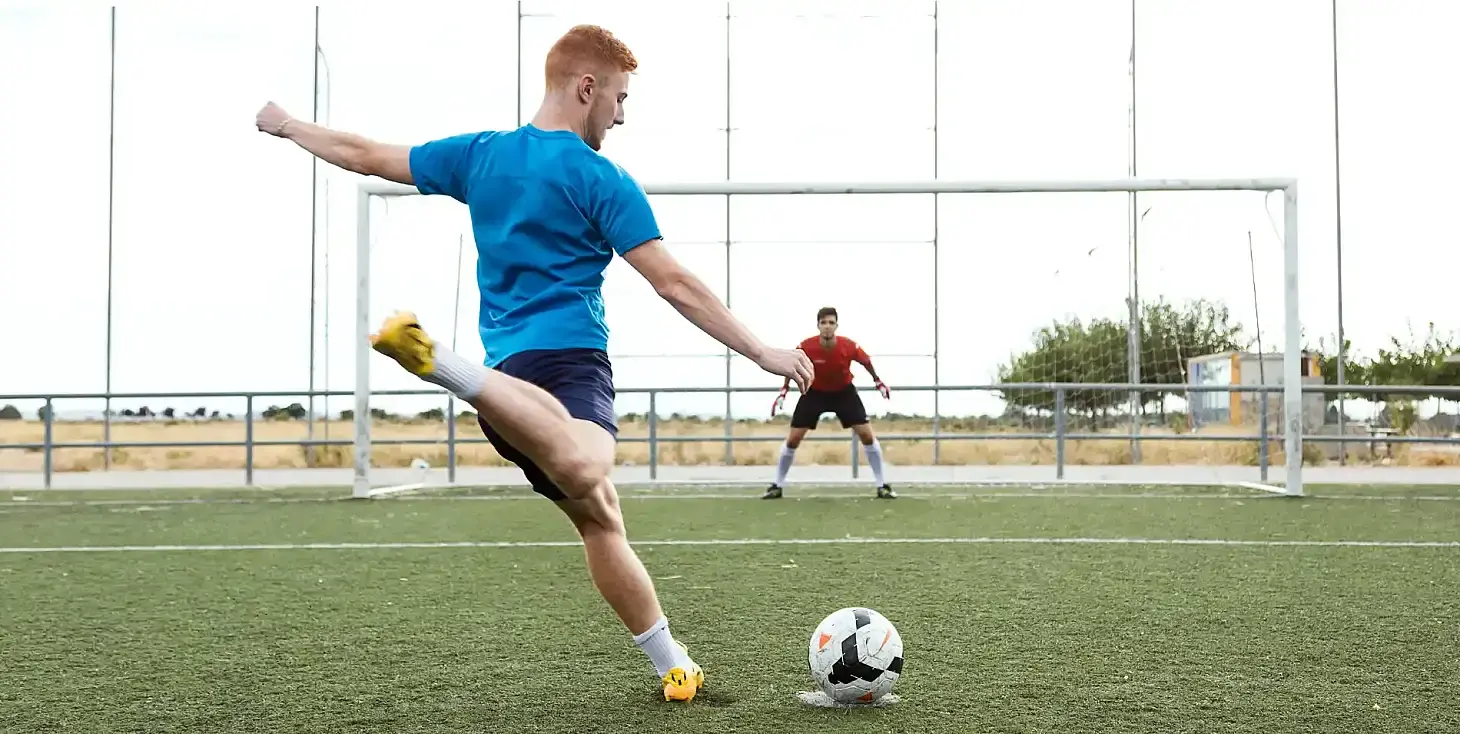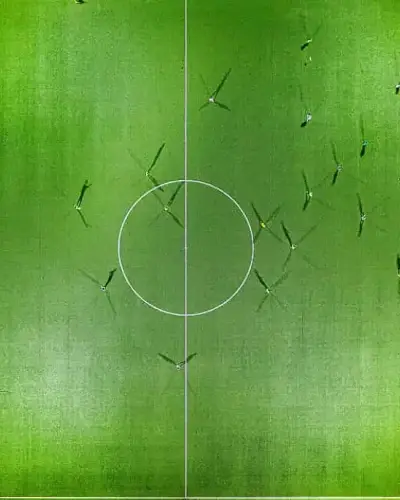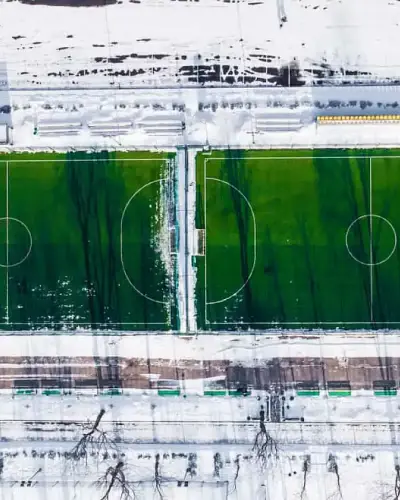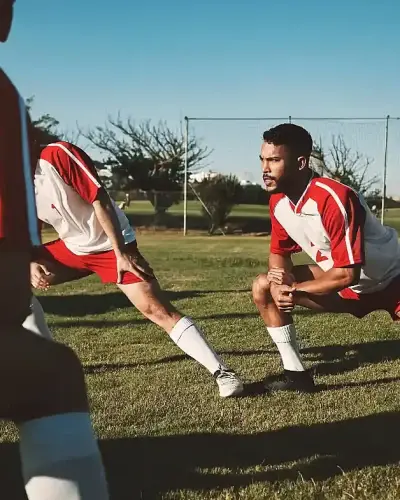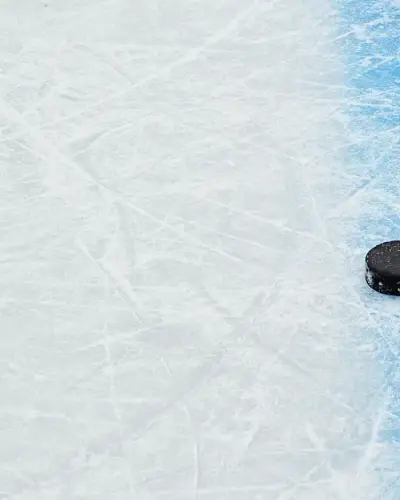Set-Pieces in Football: A Guide to Standard Situations
When watching a football match, you might hear commentators emphasize the importance of set-pieces, often stating that a team "must capitalize on their set-piece opportunities." But what exactly does this mean? How many different types of set-pieces exist, and when do they occur?
What Are Set-Pieces in Football?
The term set-piece (or "standard situation") was first used in East German football training during the 1970s. It referred to specific match situations that players should know instinctively, as they occur frequently in games.
Following German reunification, the term gradually made its way into West German football, where it was adopted by coaches, commentators, and journalists.
In simple terms, set-pieces refer to all restarts of play following a stoppage.
Types of Set-Pieces in Football
There are seven major types of set-pieces, each playing a crucial role in match strategy and execution.
1. Kick-Off
The match starts with a kick-off at the beginning of each half and after every goal.
- A coin toss decides which team kicks off the first half, while the opposing team gets the second-half kick-off.
- The ball is placed on the center spot, and all players (except the kicker) must be in their own half.
- Opponents must maintain a 9.15-meter distance until the ball is in play.
- The kicker cannot touch the ball again until another player has made contact.
2. Free-Kick
A free-kick is awarded for fouls, handballs, or unsporting behavior.
- Direct free-kick: The taker can shoot directly at goal.
- Indirect free-kick: The ball must touch another player before a goal can be scored.
🔹 Defensive walls must be at least 9.15 meters away from the ball.
🔹 Free-kicks can be taken quickly unless the referee requires a delay (e.g., for a booking).
3. Corner Kick
A corner kick occurs when a defender last touches the ball before it crosses their own goal line (without a goal being scored).
- The ball is placed inside the quarter-circle at the nearest corner flag.
- Defenders must maintain a 9.15-meter distance.
- The kicker cannot touch the ball twice consecutively.
Corners are one of the most dangerous attacking set-pieces, often leading to goals.
4. Throw-In
A throw-in is awarded when the ball fully crosses a sideline.
- The team that did not last touch the ball takes the throw.
- The thrower must:
✔ Stand outside the pitch with at least one foot touching the touchline.
✔ Use both hands to throw the ball overhead. - A throw-in cannot lead directly to a goal.
5. Goal Kick
A goal kick is awarded when the attacking team kicks the ball over the opponent's goal line without scoring.
- The ball is placed inside the penalty area and can be taken by any defensive player (usually the goalkeeper).
- Opposing players must remain outside the penalty area until the ball is in play.
Since 2019, the ball is in play as soon as it is kicked, even if opponents are inside the penalty area.
6. Penalty Kick
A penalty kick is awarded when a defender commits a foul inside their own penalty area.
- The ball is placed on the penalty spot (11 meters from goal).
- Only the kicker and goalkeeper are allowed inside the box.
- All other players must be at least 9.15 meters away.
- If the goalkeeper saves the shot, the ball remains in play.
Penalties are among the most high-pressure moments in football.
7. Dropped Ball (Referee Ball)
A dropped ball is used when play is stopped for reasons not related to fouls or rule violations (e.g., injuries, external interference).
- Before 2019, a dropped ball was a contested situation, where players could fight for possession.
- Since 2019, the ball is given exclusively to the team that last had possession, with opponents staying at least four meters away.
If the ball was in the penalty area, the goalkeeper receives the restart.
Why Are Set-Pieces So Important?
✔ Many goals originate from set-pieces—especially in tight, defensively structured matches.
✔ Teams specialize in set-piece strategies, with rehearsed plays for free-kicks and corners.
✔ Well-drilled teams can use set-pieces to their advantage, even against stronger opponents.
Understanding set-pieces helps fans appreciate the tactical depth of football and why they can change the course of a match.
